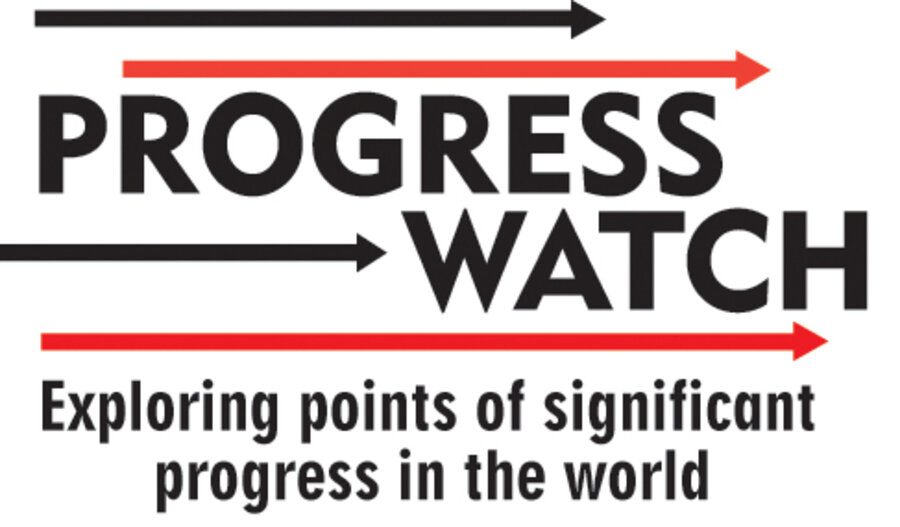US crime rate at lowest point in decades. Why America is safer now.
Loading...
The last time the crime rate for serious crime – murder, rape, robbery, assault – fell to these levels, gasoline cost 29 cents a gallon and the average income for a working American was $5,807.
That was 1963.
In the past 20 years, for instance, the murder rate in the United States has dropped by almost half, from 9.8 per 100,000 people in 1991 to 5.0 in 2009. Meanwhile, robberies were down 10 percent in 2010 from the year before and 8 percent in 2009.
The declines are not just a blip, say criminologists. Rather, they are the result of a host of changes that have fundamentally reversed the high-crime trends of the 1980s. And these changes have taken hold to such a degree that the drop in crime continued despite the recent recession.
Because the pattern "transcends cities and US regions, we can safely say crime is down," says James Alan Fox, a criminologist at Northeastern University in Boston. "We are indeed a safer nation than 20 years ago."
He and others give four main reasons for the decline:
- Increased incarceration, including longer sentences, that keeps more criminals off the streets.
- Improved law enforcement strategies, including advances in computer analysis and innovative technology.
- The waning of the crack cocaine epidemic that soared from 1984 to 1990, which made cocaine cheaply available in cities across the US.
- The graying of America characterized by the fastest-growing segment of the US population – baby boomers – passing the age of 50.
The data point to a persistent perception gap among Americans. Despite strong evidence of crime dropping over recent decades, the public sees the reverse. "Recent Gallup polls have found that citizens overwhelmingly feel crime is going up even though it is not," says Professor Fox. "This is because of the growth of crime shows and the way that TV spotlights the emotional. One case of a random, horrific shooting shown repeatedly on TV has more visceral effect than all the statistics printed in a newspaper."
In many police departments across the US, changes during the past decade or more are hard to overstate, say many law enforcement experts.
Technology has given detectives powerful new tools with which to analyze blood and DNA samples or other forensic evidence, for instance.
Computerized "hot spot" crime mapping has also helped police connect dots in ways that were more difficult before.
From pushpins to databases
"We used to put pins on a map to figure out what the patterns were and where to concentrate our limited resources," says Tod Burke, a former police officer in Maryland who now teaches criminal justice at Radford University in Virginia. "Now we have databases and computers. It's really gotten a lot more sophisticated."
Beyond technology, law enforcement personnel are much better educated and trained today than ever before, adds John Paitakes, professor of criminal justice at Seton Hall University in New Jersey. They've also benefited from leaders like William Bratton, who recast policing in Boston, New York City, and Los Angeles by applying the "broken window" theory posited by social scientist James Q. Wilson in 1982. The theory held that run-down and vandalized areas were more prone to serious crime than were areas kept in better order.
Mr. Bratton has proved that "by handling the smaller crimes and dealing with the quality of the local environment, you prevent some of the bigger crimes," says Professor Burke.
Communities have also become smarter at addressing crime. Social programs and services for youths have successfully targeted those hours after school when most youth crime is committed – though recent budget cutbacks could endanger those advances.
"There is evidence that … gang intervention programs involving the police and community leaders, after-school programs, [and] community outreach programs are having a positive effect," says Frederic Reamer, professor of social work at Rhode Island College in Providence.
Not all the steps taken against crime are uniformly seen as positive, though.
Mandatory-sentencing rules, such as "three strikes" laws that have spread to states including California, Florida, and Pennsylvania since 1993, have had a positive impact on crime rates. But Fox of Northeastern suggests that the cost of incarcerating more Americans has other less-desirable effects.
"It certainly is true that while someone is incarcerated they can't be out on the streets doing crime," he says. "But at what cost to the education that could keep them from crime in the first place? We are robbing Peter – i.e., the education system – to pay Paul – the penal system. It's impossible to call that a clear victory."
There are additional theories as to why crime has dropped, theories that some see as insightful and others say are overstated. A 2001 study by economists John Donohue of Yale and Steven Levitt of the University of Chicago suggest that legalized abortion has reduced crime.
"These estimates suggest that legalized abortion is a primary explanation for the large drops in murder, property crime, and violent crime that our nation has experienced over the last decade," they wrote, arguing that the 1973 US Supreme Court decision Roe v. Wade helped preclude thousands of unwanted fetuses from being born into less-than-ideal environments. "Indeed, legalized abortion may account for as much as one-half of overall crime reduction."
But Fox's own analysis shows that such conclusions discount the significant decline in serious crime among age groups that would have been born prior to that landmark court decision. "It's an interesting concept with some intuitive appeal, but I think they've overstated the case," says Fox.
Gangs still difficult to address
One area that remains a problem for law enforcement is gangs, several analysts say. That's primarily because stopping gang activity as it happens and jailing youths do not get at the heart of the problem. And now gangs are able to use the Internet as a recruiting tool.
"Gangs are now able to recruit with the click of a mouse rather than knock on doors," says Burke. "It's much easier for them to blanket the youth of their areas with the benefits for joining."
"In essence, there are no shortcuts to success when it comes to a community gang problem," says Joe Mollner, senior director of delinquency prevention for the Boys & Girls Clubs of America. "Arresting the violent offenders will help some, but unless there is a system in place to work with potential gang members who very likely will become violent offenders, we are not addressing the source of the problem."








